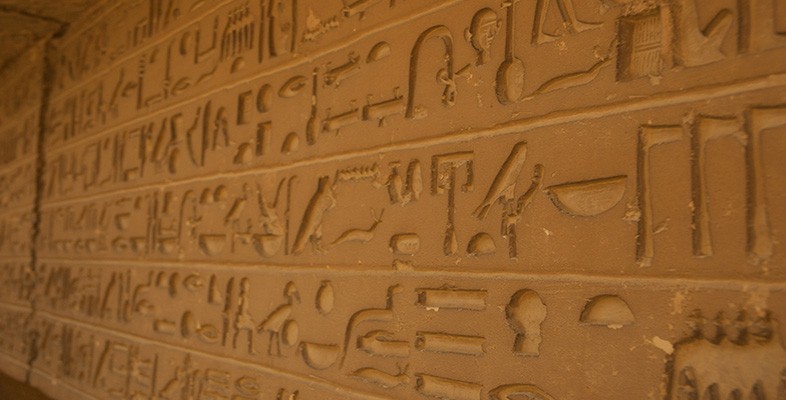Home » Course Layouts » Free Course Layout Udemy
How do we know what people read in the past, and how they read it? This course, History of reading tutorial 1: Finding evidence of reading in the past, is the first in a series of tutorials designed to help users of the UK Reading Experience Database (UK RED) search, browse and use the resource, and explores the types of evidence historians have uncovered about the history of reading. Tutorial 2 (Red_2) and Tutorial 3 (Red_3) look at how this evidence can be used to tell us about the reception of a literary text and to demonstrate the impact of writers reading on their literary output. UK RED is a resource built and maintained at The Open University.
0
56
English
English [CC]
- Learn basic syntax that can apply to any language.
- Learn what is a programming language and the basic concepts for beginners.
- Understand what is Javascript in it's truest form.
- Know the basic syntax of Javascript.
- Know some hidden quirks in Javascript.
Description
Introduction
For researchers in a range of academic disciplines, the question of what people read in the past, and how they read it, is of great importance. Evidence of reading helps us to understand the formation of literary canons, both from a popular and educational standpoint. It allows us to give due weight to the impact of significant texts at key historical moments, especially their role in shaping popular ideas and opinions. For instance, knowing who read, how many reads, and how they responded to Charles Darwin’s The Origin of Species helps us to understand the formation of Victorian ideas about evolution and race.
This tutorial is about locating evidence of reading and using that evidence to better understand how past societies have made use of text. We will begin by looking at debates about the different types of evidence and methods of collection. Next, we will focus on some of the diverse sources that have been used to populate UK Reading Experience Database (RED), analyzing their merits and value. Finally, we will explore ways of extracting sets of data from UK RED and applying quantitative and qualitative methods of analysis to arrive at some conclusions about reading in the past.Learning outcomes
After studying this course, you should be able to:- Demonstrate basic knowledge of the debates about the evidence of reading, understanding distinctions between ‘hard’ or quantitative data and ‘soft’ or qualitative data
- Understand an overview of some of the types of evidence scholars have used to construct the UK RED and their relative merits as primary sources
- Identify different sources when looking at individual entries in the UK RED
- Experiment with applying different methods of analysis to sets of records in the UK RED, including the application of quantitative and qualitative methods.
Course content
-
- Debates About where to Find Readers 00:20:00
-
- Evidence of Reading Experiences 00:50:00
- Using UK RED to Understand Reading in the Past – Collating the Evidence 00:30:00
N.A
- 5 stars0
- 4 stars0
- 3 stars0
- 2 stars0
- 1 stars0
No Reviews found for this course.












